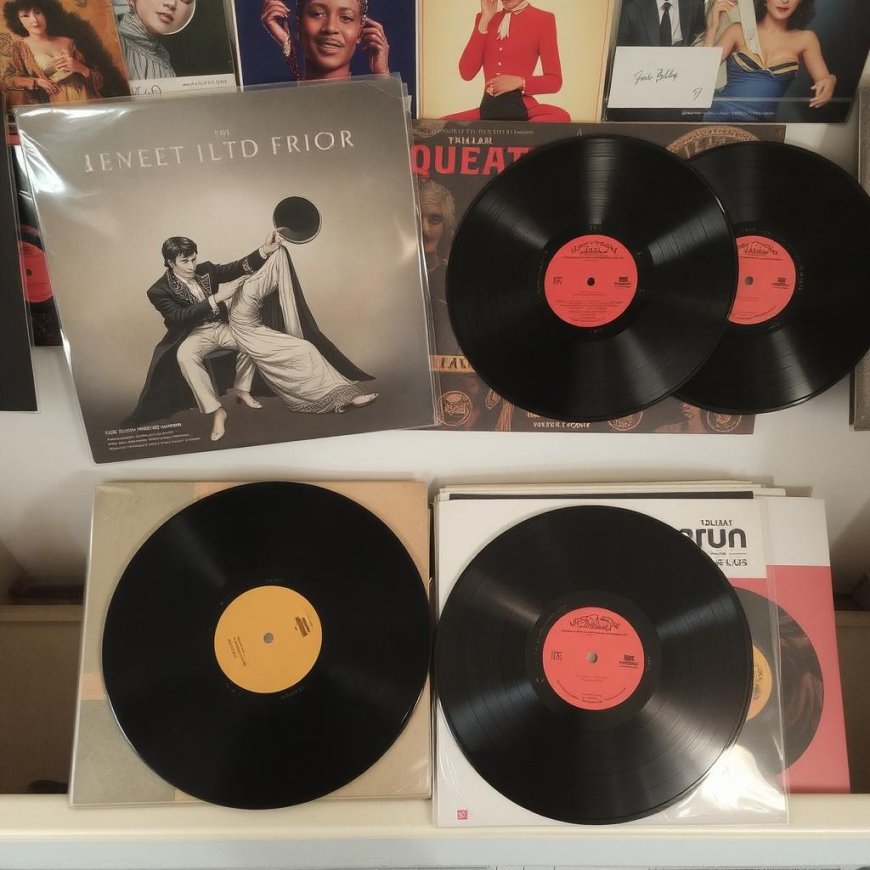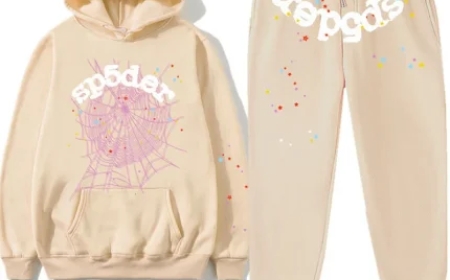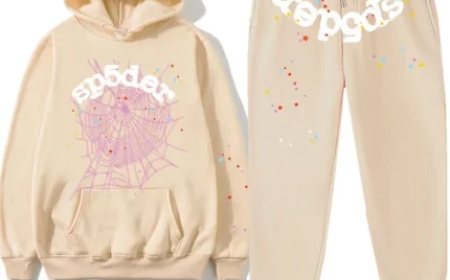Why Hindi Vinyl Records Are Making a Comeback in India

In a digital age where music is just a tap away, the resurgence of vinyl records may seem surprising. Yet across India, a growing number of music enthusiasts, collectors, and even younger generations are turning back to vinyl, particularly Hindi records from the golden eras of Bollywood. The warm analog sound, the nostalgia of a bygone era, and the charm of physical music formats are fueling a steady comeback of Hindi vinyl records. What seemed like a fading format is now once again finding its place in Indian homes, cafes, studios, and collector shelves.
A Sense of Nostalgia
One of the biggest reasons behind the revival of Hindi vinyl records is nostalgia. For those who grew up in the 60s, 70s, and 80s, vinyl was a core part of their lives. Families would gather around turntables, carefully place the needle on the record, and enjoy film music that carried deep emotional connections. Revisiting those LPs today brings back memories of childhood, radio shows, movie releases, and shared experiences. The act of physically playing a recordremoving it from the sleeve, cleaning it, and placing it on a turntableis itself a ritual many still cherish.
Superior Sound Quality
Despite the convenience of streaming, vinyl offers a sound quality that digital often cant replicate. Audiophiles appreciate the richness, depth, and warmth of analog recordings. Many original Hindi soundtracks were recorded using analog equipment and meant to be heard on vinyl. The texture of voices like Lata Mangeshkar, Kishore Kumar, and Mohammed Rafi, and the orchestration by composers like S.D. Burman and R.D. Burman, sound remarkably fuller when played on vinyl. For many, vinyl offers an immersive listening experience that headphones or Bluetooth speakers cant match.
Growing Interest Among Young Collectors
Interestingly, the Hindi vinyl revival isnt limited to older generations. Millennials and Gen Z in India are developing a fascination with vintage formats. Record players are being marketed as lifestyle accessories, and listening to vinyl has become a way to unplug from the fast-paced digital world. Younger collectors are exploring the musical heritage of Bollywood through vinyl, discovering old albums, researching composers, and appreciating album artwork. The appeal lies not just in the music, but in the culture and history each record represents.
The Revival of Turntables and Record Stores
Turntables and record players, once obsolete, are now back in the Indian market. Brands have started manufacturing affordable and stylish players to cater to this growing demand. Cities like Mumbai, Delhi, Kolkata, Bengaluru, and Pune have seen a rise in vinyl record stores and flea markets. Online platforms and niche retailers are offering rare and reissued Hindi records. Events like vinyl listening sessions, record fairs, and pop-up exhibitions are adding momentum to the trend.
Bollywoods Timeless Music Catalog
Hindi cinema has one of the richest music catalogs in the world. From classical and folk-based melodies to romantic duets and disco beats, Bollywood's golden era offered an unmatched variety. Vinyl allows listeners to experience these songs the way they were first released. Original pressings of albums like Mughal-E-Azam, Guide, Pakeezah, Aradhana, and Sholay are now collector favorites. Even modern artists are releasing new albums on vinyl, bridging the gap between vintage and contemporary music lovers.
Social Media and Community Influence
Social media has played a huge role in reviving interest in Hindi vinyl records. Instagram, YouTube, and Facebook communities dedicated to vinyl culture are growing rapidly. People share their collections, review record players, recommend albums, and celebrate vinyl as a lifestyle. These online groups have created a sense of belonging and knowledge-sharing among enthusiasts. For many, its about more than just listeningits about storytelling, preserving history, and celebrating Indian music in a tactile, emotional way.
Investment and Rarity Value
Many collectors are realizing that original Hindi vinyl records are not only nostalgic treasures but also investment-worthy items. Rare pressings, especially those in good condition with original sleeves, are gaining value. Some records fetch high prices at auctions or collector markets. This has added another layer of interest to the hobby, attracting collectors who value both emotional and monetary returns.
Conclusion
Hindi vinyl records are not just making a comebackthey are creating a cultural revival. In a world dominated by digital convenience, vinyl brings back emotion, effort, and a love for quality sound. Whether its the iconic voices, classic compositions, or the artwork and design, each record is a slice of Indias musical history. As more people rediscover the beauty of vinyl, Hindi records are finding new life, bridging generations and reigniting a deep connection to music that was once played from the heart, and now spins again under the stylus.






































